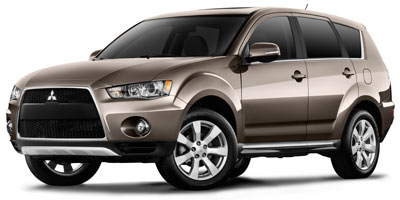Mitsubishi Car Lease NY

Mitsubishi Car Lease NY
Mitsubishi’s lineup comprises a variety of crossovers, SUVs, and cars. Known for being fun-to-drive and affordable, Mitsubishi vehicles always offer great value. You can opt on the Mitsubishi lease deal so you don’t miss out on these fascinating offerings.
The 2022 Mitsubishi Outlander has the brand’s signature Dynamic Shield front end design language, first added to the Mitsubishi Eclipse Cross. The Mitsubishi Outlander remains the only compact SUV to come standard with third row seats. It comes with many other standard features like Blind Spot Warning (BSW) with Lane Change Assist, Mitsubishi MI-PILOT safety assist technology, Android Auto, and Apple CarPlay.
Mitsubishi Eclipse Cross also offers a three-zone climate control and panoramic moonroof. In short, all Mitsubishi vehicles come with a full blend of durability, spirited performance, and sleek design. At VIP Auto, we come through to offer you the best Mitsubishi lease deal at an affordable price. Also, we have an easy lease termination process.
Contact VIP for a free quote or shop online: VIP Auto Lease 1204 Hylan Blvd, Staten Island, NY 10305 (718) 477-7888 https://viplease.com/best-mitsubishi-lease-deals-ny/.
Mitsubishi Outlander SE’s MI-PILOT Assist
A compact crossover that seats seven and looks out of this world is not something you see every day. As long as the smallest kids get the back seat, everyone loves the new Outlander.
The redesigned 2022 Mitsubishi Outlander is a massive upgrade from its predecessor. It sports the new jaw-dropping design language gradually creeping into Mitsubishi’s small lineup. Inside, the SUV looks a lot more upscale than before, thanks to a slew of quality materials, spacious first & second row, and high-end convenience amenities. There’s also a myriad of cutting-edge technology, all incorporated into a seamless layout.
If you are thinking of leasing a 2022 Mitsubishi Outlander, here’s one feature you might want to keep your eye on.
About the 2022 Outlander SE
The 2022 Mitsubishi Outlander has seven trims. As its third trim, the SE model gets some of the crossover’s most desirable features. Under the hood, the SE uses the same engine found on other Outlander trims, a 2.5Liter four-cylinder that combines with an eight-speed Continuously Variable Transmission and coughs out 181-hp & 181 lb-ft of torque. The SE trim comes with front-wheel drive, but shoppers can always opt for all-wheel drive. Some of the Outlander SE’s unique standard features include; 20-inch two-tone alloy wheels, a 9.0-inch touchscreen infotainment display, heated front seats, LED Fog Lights, Wireless smartphone charger, synthetic leather suede seating surfaces, etc. The Japanese automaker has also launched its new MI-PILOT Assist system, which is offered as a standard feature starting from the Outlander SE.
What Is Mitsubishi’s MI-PILOT Assist?
MI-PILOT Assist (Mitsubishi Intelligent-PILOT Assist) is an advanced driver assistance technology that pairs enhanced Adaptive Cruise Control with, Lane Keep Assist, and Lane Departure Prevention to help reduce the stress of single-lane highway driving. It uses cameras and advanced radars to monitor the Outlander’s surroundings and effectively manages acceleration, steering, and braking. However, it requires the driver to remain focused on the road, with hands on the steering wheel at all times.
MI-PILOT Assist uses adaptive cruise control with Stop & Go to maintain a pre-set distance from the vehicle directly ahead in traffic or highway driving. In traffic, the system brings the Outlander to a stop when the vehicle ahead stops. It resumes acceleration provided the traffic ahead starts moving within 30 seconds of stopping. On the highway, the MI-PILOT Assist automatically slows the Outlander if the vehicle in front slows down and resumes acceleration at pre-set speeds when vehicle ahead accelerates or change lanes.
Lastly, the system uses Traffic Sign Recognition and the Navi-Link feature to process map information from the Outlander’s GPS navigation and adjust the vehicle’s speed based on the traffic signs and conditions of the road ahead.



